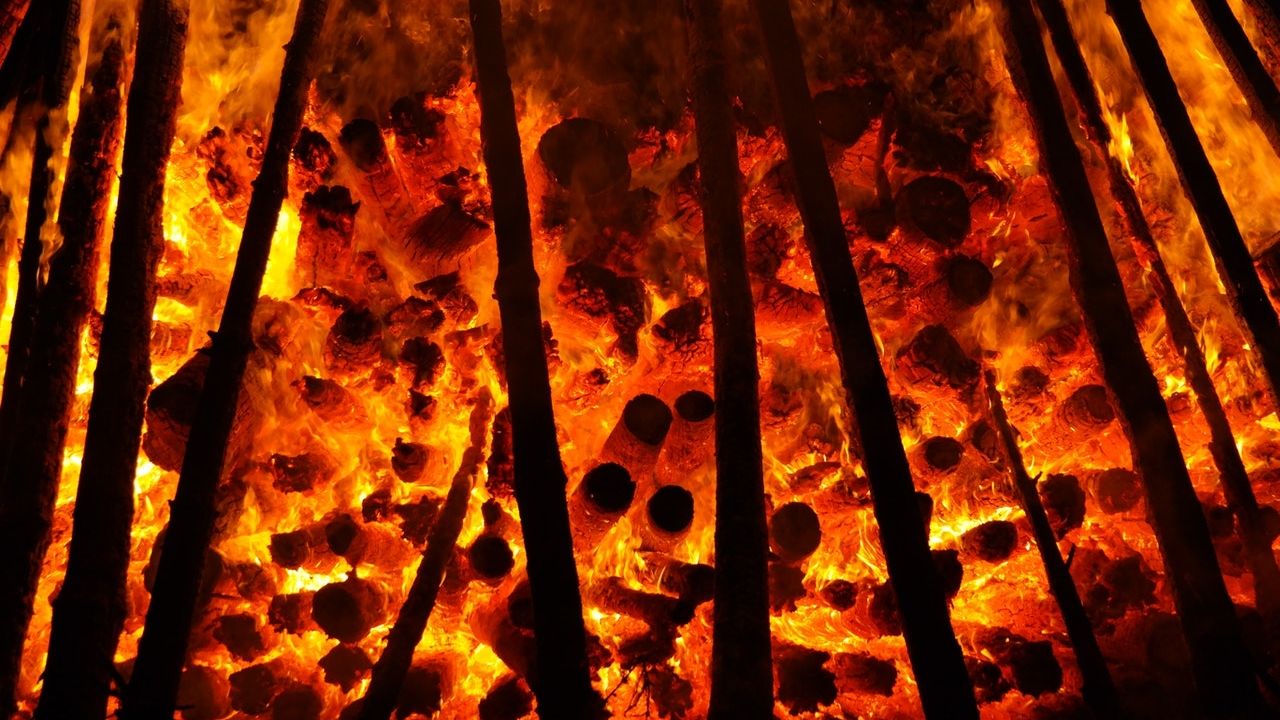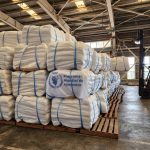An especially dry winter and higher than normal temperatures explain the considerable increase in fires in chili, that In 2021 it registered 380% more hectares burned than the previous year, the authorities reported on Tuesday.
The National Forestry Corporation (CONAF) indicated that so far this year an area of 28,723 hectares, compared to 6,013 hectares last year, being the region of The Araucanía the most affected (17,313 ha), followed far behind by Ñuble (2,523 ha) and O’Higgins (1,847 ha).
This year, however, only 2,356 fires, which represents a decrease in 14% compared to the 2,493 recognized in 2020, the government institution indicated.
Currently, at least six fires remain active, although the one that worries the most is the one that affects the commune of Quillon, located in Ñuble.
The Chilean Minister of the Interior moved there on Tuesday, Rodrigo Delgado, who assured at noon that the fire was “checked”.
The fire, which started on the night of December 24 and against which seven helicopters are fighting, has already burned 2,100 hectares and at least six homes, according to official information.
“To those families who have had the total loss of their houses, the files are being made and we are going to apply the same as, for example, in Castro: the rental, reception or equipment voucher, and also emergency housing“Delgado assured.

As the authorities explained, the rapid spread is due to the so-called “factor 30-30-30”, that is, more than 30 degrees of temperature, less than 30% humidity in the environment and winds that exceed 30 kilometers per hour.
The situation is especially critical in the central area, where thousands of inhabitants receive water daily thanks to truck tanks and this year there were record highs in July that touched the 30 degrees in the dead of winter.
Environmental organizations denounce that the Chilean water model, whose origin dates back to the neoliberal economy established during the dictatorship of Augusto Pinochet (1973-1990), has aggravated the drought that the country is experiencing as a result of the climate crisis.
Chile is one of the countries with the highest level of privatization in the world and experts estimate that 80% of the country’s water resources are currently in private hands.

















